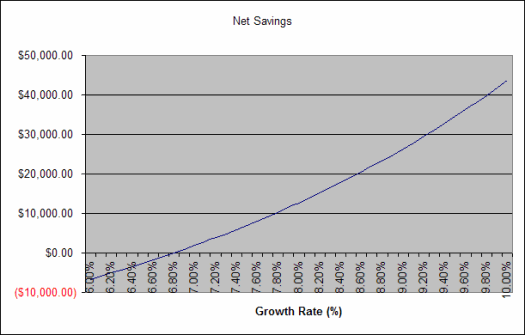How should I invest a £10 000 lump sum
Post on: 4 Апрель, 2015 No Comment

Moneywise believes in helping you save money so you can focus on taking your first steps on the investment ladder. Over the long term, investing money will produce far greater returns than you’ll get from high street savings accounts.
With that in mind, Moneywise’s How should I invest. column aims to help beginner investors of any age and any financial background plan for their family’s future by offering hints and tips from the UK’s leading independent financial advisers on how and where they should invest their cash.
In this edition, it’s how to invest a £10,000 lump sum.
Strategy
All Moneywise’s experts state that your attitude to risk is one of the most important things to consider before you invest your £10,000. You must ask yourself: how much risk am I prepared to take? How long am I investing for? What are my investment goals? says Darius McDermott of Chelsea Financial Services.
Patrick Connolly of Chase de Vere adds: If you only want to invest for a short period, say five years or less, then you should keep everything in cash. If you can stomach high levels of risk and volatility, then you can invest more in growth assets such as shares. However, if the thought of losing 10% or 20% of your money would give you sleepless nights, then you should invest at least some of your money in safer areas.
Connolly says you should also take account of other investments you have before taking the plunge. If this is your only investment, then you should look to manage risks carefully as you won’t want to lose everything.
Rebecca O’Keefe, head of investment at Interactive Investor, says the key to investment success is time in the market, rather than timing the market. But investing a single lump sum can be risky, so O’Keefe suggests an alternative is to consider phasing it over a few months. This has the benefit of averaging the price you invest at and does mean that in very volatile markets, you’re at less risk of investing the full amount just before a possible fall, she says.
O’Keefe also suggests that, along with risk attitude and how long you have to invest, you should also analyse how interested you are and how much time you have to spend engaging with your investments. If you want someone else to do all the heavy lifting and you don’t have or don’t want to put the time and effort into managing your money, then investing in a global fund or exchange traded fund ( ETF ) will give you built-in diversification.
If, however, you have plenty of time and want to develop an ongoing interest in the market and you’re also willing to take some additional risks, then you could think about investing in individual stocks. This strategy will mean that you do need to be prepared to spend considerable time researching the market, the sectors you understand and have a high threshold for potential volatility.
McDermott says a medium-risk person looking for capital growth across a minimum 10-year investment horizon could consider weighting their portfolio towards: 40% in the UK, 20% in the US, 15% in Europe, 5% each in Asia, Japan and other emerging markets, as well as 10% in so-called absolute return funds.
All Moneywise’s experts said that investors should look to tax-efficient investments as a first port of call. That means using your ISA allowance, whether you’re investing in cash (via a cash ISA) or the stockmarkets (via a stocks and shares ISA ).
Recommendations
O’Keefe says that for those who do not have time to monitor their investments, a less well-known fund, Consistent Practical Investment. holds a range of investment trusts and has performed very well, investing in a full range of global investments across different asset classes and sectors.
If you have the time to focus on a specific geographic area, for example emerging markets, then the First State Global Emerging Market Leaders fund is a well-known, attractive option, she adds.
However, you will need to be quick, as this fund, which currently has no initial charges, will levy additional fees from September.
Connolly says a good choice could be Cazenove Multi Manager Diversity. which invests one-third in shares, one-third in fixed interest and one-third in other investments, such as property and commodities.
If you’ve already got an investment portfolio in place and are happy to take greater risks then good choices could include Investec UK Special Situations. which invests in UK shares, or AXA Framlington American Growth. which invests in US shares, he says.
This article is for information and discussion purposes only and does not form a recommendation to invest or otherwise. The value of an investment may fall. The investments referred to in this article may not be suitable for all investors, and if in doubt, an investor should seek advice from a qualified investment adviser.














